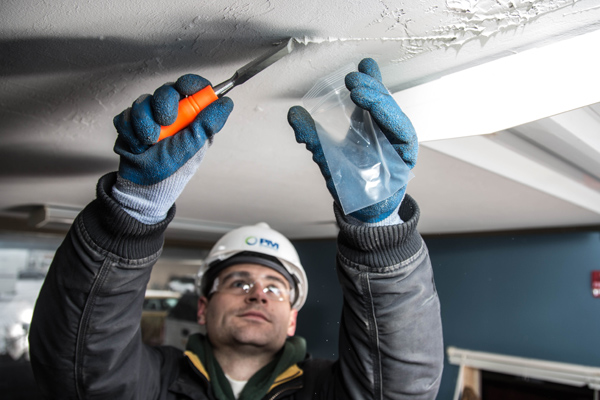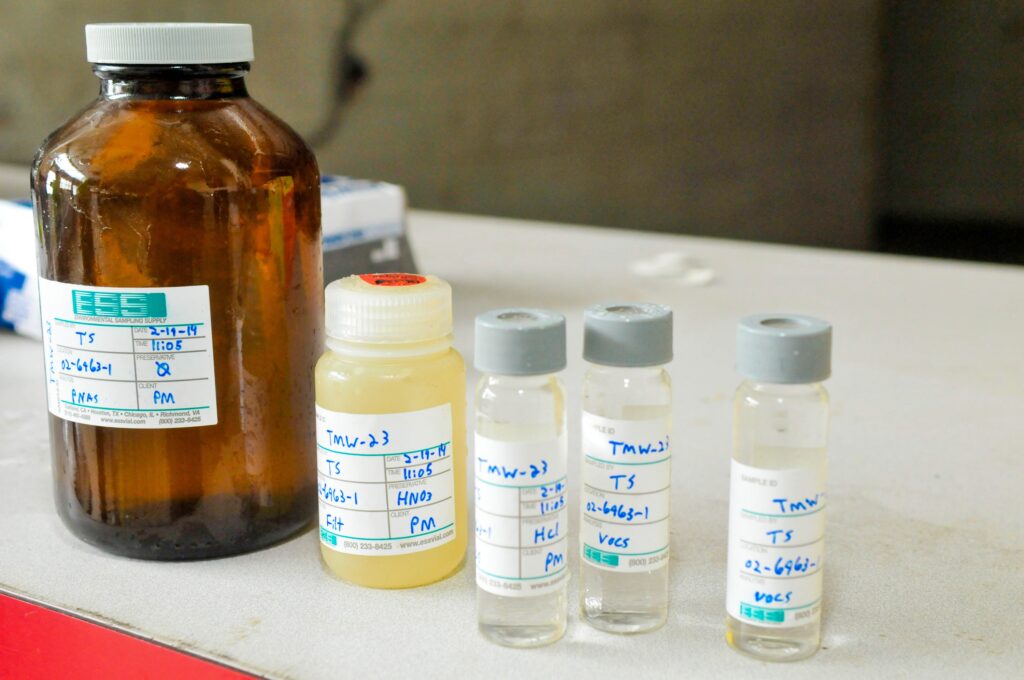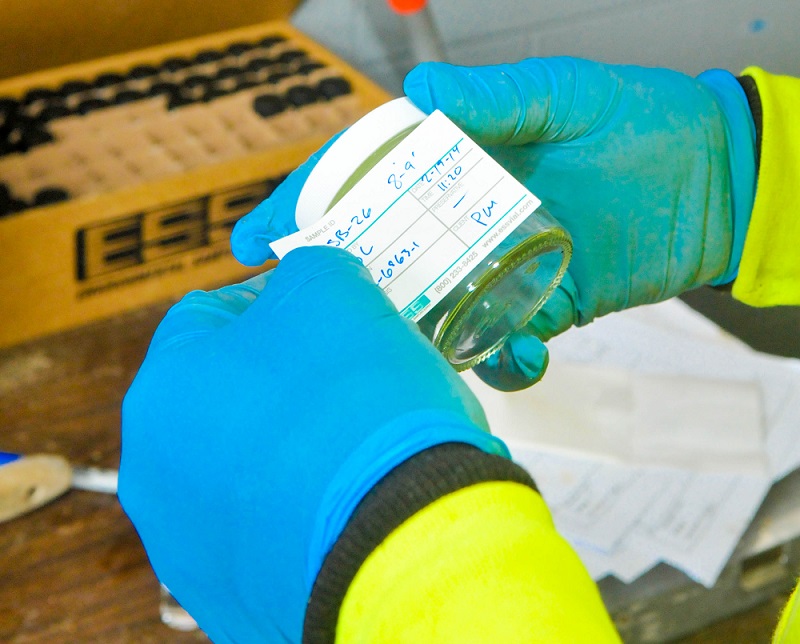nc
Navigating the “Not Justs” of Industrial Hygiene
Don’t let these all-too-common, all-too-costly assumptions about environmental quality and industrial hygiene sideline your next hospital improvement or expansion project. The American Society for Healthcare Engineering (ASHE) recently published their 2018 Hospital Construction Survey. Among the survey’s many findings, we found one statistic particularly interesting: facilities managers reported that 61 percent of their current construction/renovation…
Regulation Watch: What’s New, and What Might Be Next
Don’t be surprised if the rules of the environmental compliance road have changed since your last project. The environmental regulation landscape is constantly changing. A new administration, local staff changes, even a new fiscal year can make standard operating procedures anything but standard. Here we examine three areas of regulatory compliance important to property owners,…
5 Things You Need to Know About Mold
Mold is a common industrial hygiene concern with a lot of misconceptions. According to the Center for Disease Control and Prevention (CDC), mold can be found both indoors and outdoors and has the ability to survive in harsh environmental conditions. How many species of the fungi exist is unknown, but estimates range from tens of…
In Environmental Due Diligence: The Transaction’s the Thing
Environmental due diligence is an unavoidable part of a commercial real estate transaction. But how much diligence is enough? How long will the process take? How much will it cost? Finding answers begins with understanding the details of your transaction. Steve Price, CHMM, admits that when it comes to due diligence, he and his colleagues…
Navigating NEPA
The National Environmental Policy Act (NEPA) is expansive, exhaustive and inescapable. For developers in the affordable housing segment, HUD approval hinges on demonstrating that a proposed project will comply with the items on their Statutory Checklist prior to a commitment of funding. NEPA provides widespread protection for the people, wildlife, resources and history of a…
How is Groundwater Sampling Done? {Infographic}
When Recognized Environmental Conditions (RECs) are found on a property, the next step of action is to conduct a Phase II Environmental Site Assessment (ESA). Part of the Phase II involves groundwater sampling, in which scientists drill into the potentially contaminated soil using a Geoprobe until water is reached. Samples of water are collected, logged and sent to…
How is Soil Sampling Done? {Infographic}
When a Phase I Environmental Site Assessment (ESA) identifies Recognized Environmental Conditions (RECs) on a property, the next step of action is to conduct a Phase II ESA. Part of the Phase II involves soil sampling, in which scientists drill into the potentially contaminated areas using a Geoprobe. Samples of soil are collected, logged and…
Don’t Let Due Diligence Missteps Tank Your Next Gas Station Purchase
Whether you are considering your first gasoline station property purchase or adding to the portfolio of properties you own and operate, it’s important to understand the steps required to ensure environmental compliance. Here, we take on a few of the most common misconceptions about environmental due diligence to help you navigate the process. “I’ve financed…
Future Shock: Property Condition Assessments (PCAs) can be the best tool to prevent costly surprises on property investments
The less you know the greater the risk. For those looking to buy, lend on or invest in a building or property, the best tool to prevent costly surprises related to potential defects and deferred maintenance is a Property Condition Assessment, or PCA. A PCA is a report that contains information about the physical condition…
What the REC? Understanding RECs, CRECs and HRECs in a Phase I Environmental Site Assessment
With all of the acronyms in the environmental consulting industry, reading a Phase I Environmental Site Assessment report can be a challenge. And if the report contains the acronym REC, confusion may give way to dread. A Recognized Environmental Condition, or REC, is a term used in a Phase I ESA report to identify a…










